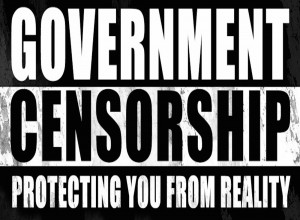It is a given that the computer driven algo’s always run wild on days in which central bank leaders speak, but what was most important about ECB head Mario Daghi’s speech on Oct. 22 was not necessarily what he actually said, but what he implied for new policies going forward.
During his press conference, Draghi announced that interest rates within the Eurozone would remain at zero, with the potential for more quantitative easing coming on the horizon should deflation and economic conditions merit it. However, since the European Central Bank could not even spend all of its proposed one trillion euros through the buying of toxic bond debt from the banks, the question arises on what exactly will the ECB use its money printing mechanisms to prop up.
The answer may lie in following the same course that the Federal Reserve and Bank of Japan did… buying stocks and propping up the equity markets.
Yesterday the ECB prepared the ground for more easing in December, as we expected. What was surprising was the post-meeting Q&A, which went into more detail on the possibilities for easing, and even made a direct comparison with the Swiss National Bank – currently the central bank with the largest balance sheet as % of GDP (90%) in developed markets.
Next, RBS suggests that we should take the ECB quite literally when they say that they are “open to a whole menu of monetary policy instruments”:
All options considered means non-financial credit, wholesale loans, subsovereigns, and even equities. We have already outlined that expanding purchases to other types of credit could theoretically double the pool of the ECB’s purchasable bonds, to almost €19tn.
Adding more utilities or state-backed corporates is a logical step, but it is not going to give the ECB much further room. The ECB could decide to go further into the pool of € non-financial corporate bonds (€893bn) rated BBB and above, including € bonds from non-Eurozone issuers (€687bn excluding non-Eurozone issuers). - RBS
Both the U.S. and Japanese central banks perform stock and ETF purchases using quantitative easing to prop up the markets. In part this is because the stock markets have now become the face of the economy despite the fact they mean absolutely nothing in regards to a nation’s productivity. But with finance now relegated to a system of fraud and window dressing, equities are the easiest place for banks to park their money so that inflation doesn’t filter down into consumer prices on general products.
People’s in the West for the most part have now realized that the bank bailouts and quantitative easing programs are solely for protecting and growing the wealth of the 1%. And yet most economists in the alternative realm also realize that the game is engineered to eventually collapse, with what Draghi, Yellen, and Kuroda are doing is simply masking the collapse for as long as possible to increase the value of top end assets, and siphon off whatever wealth remains into the hands of the locusts.
Kenneth Schortgen Jr is a writer for Secretsofthefed.com, Examiner.com, Roguemoney.net, and To the Death Media, and hosts the popular web blog, The Daily Economist. Ken can also be heard Wednesday afternoons giving an weekly economic report on the Angel Clark radio show.

